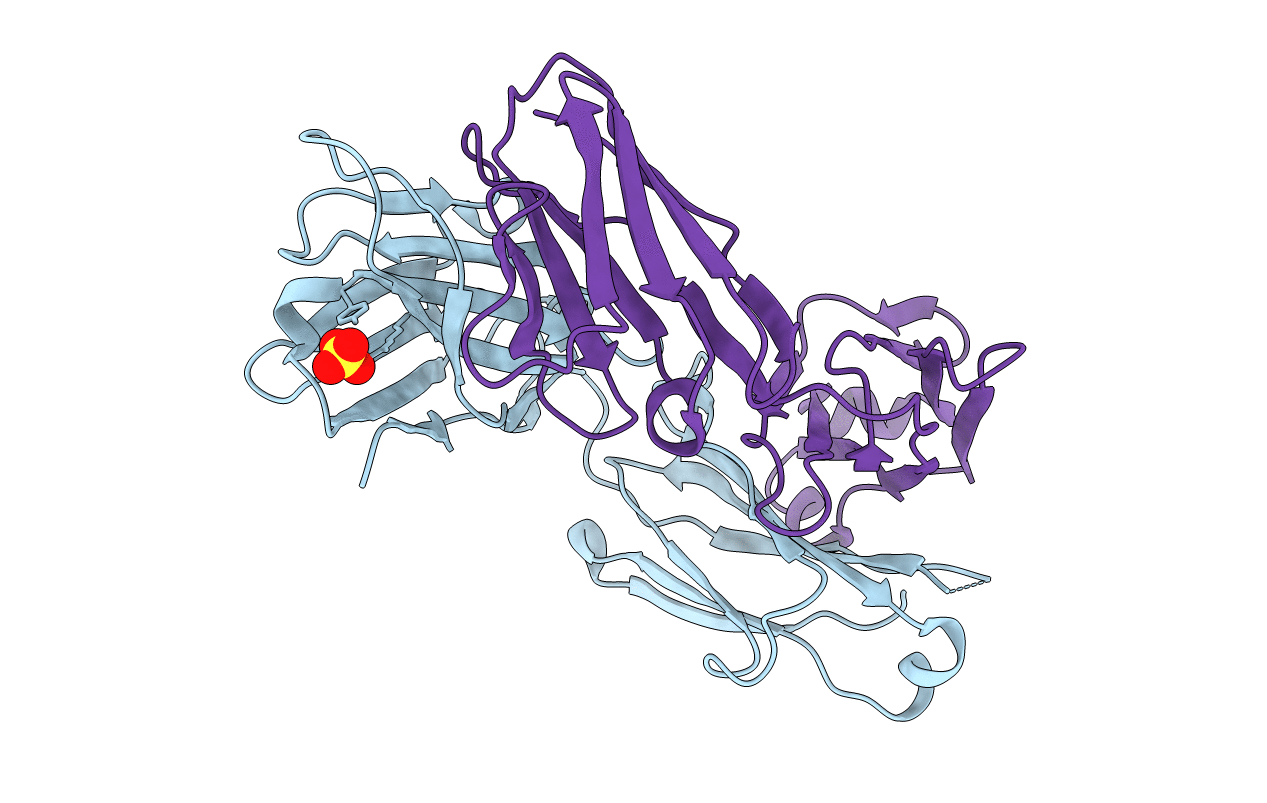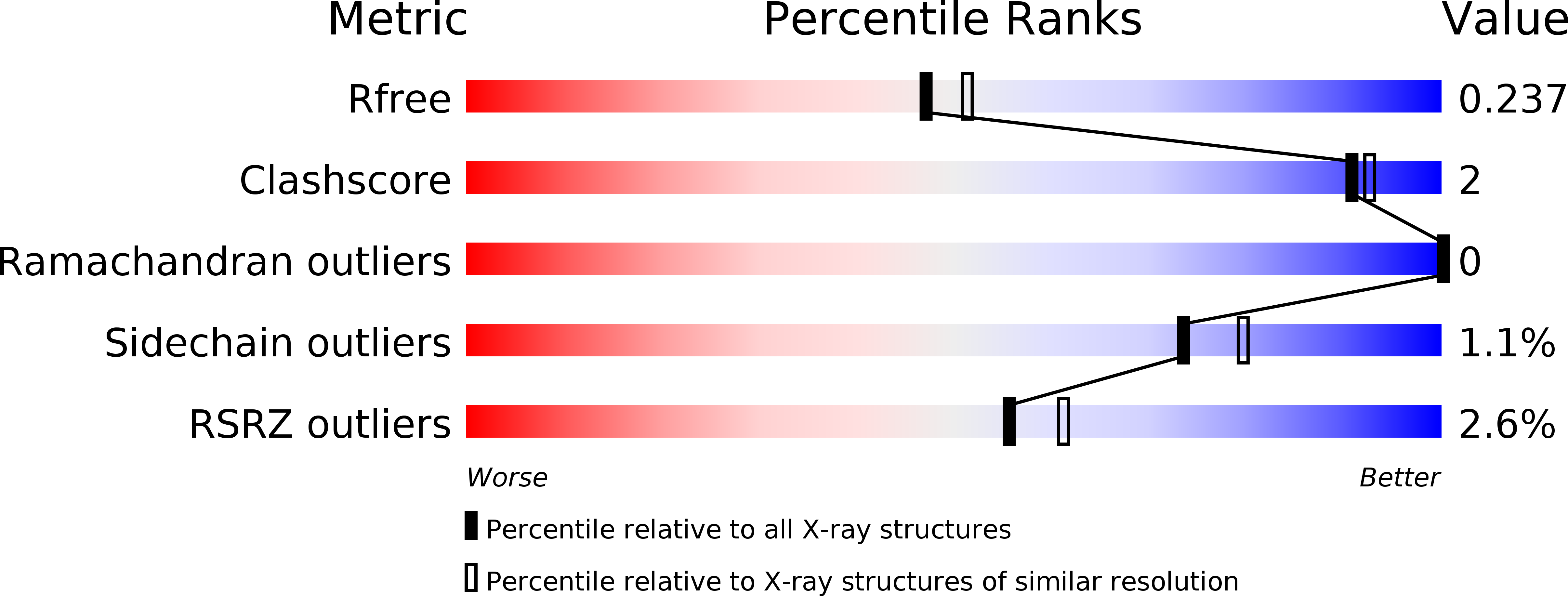
Deposition Date
2018-03-08
Release Date
2018-05-02
Last Version Date
2024-10-16
Method Details:
Experimental Method:
Resolution:
2.09 Å
R-Value Free:
0.23
R-Value Work:
0.21
R-Value Observed:
0.21
Space Group:
C 1 2 1


